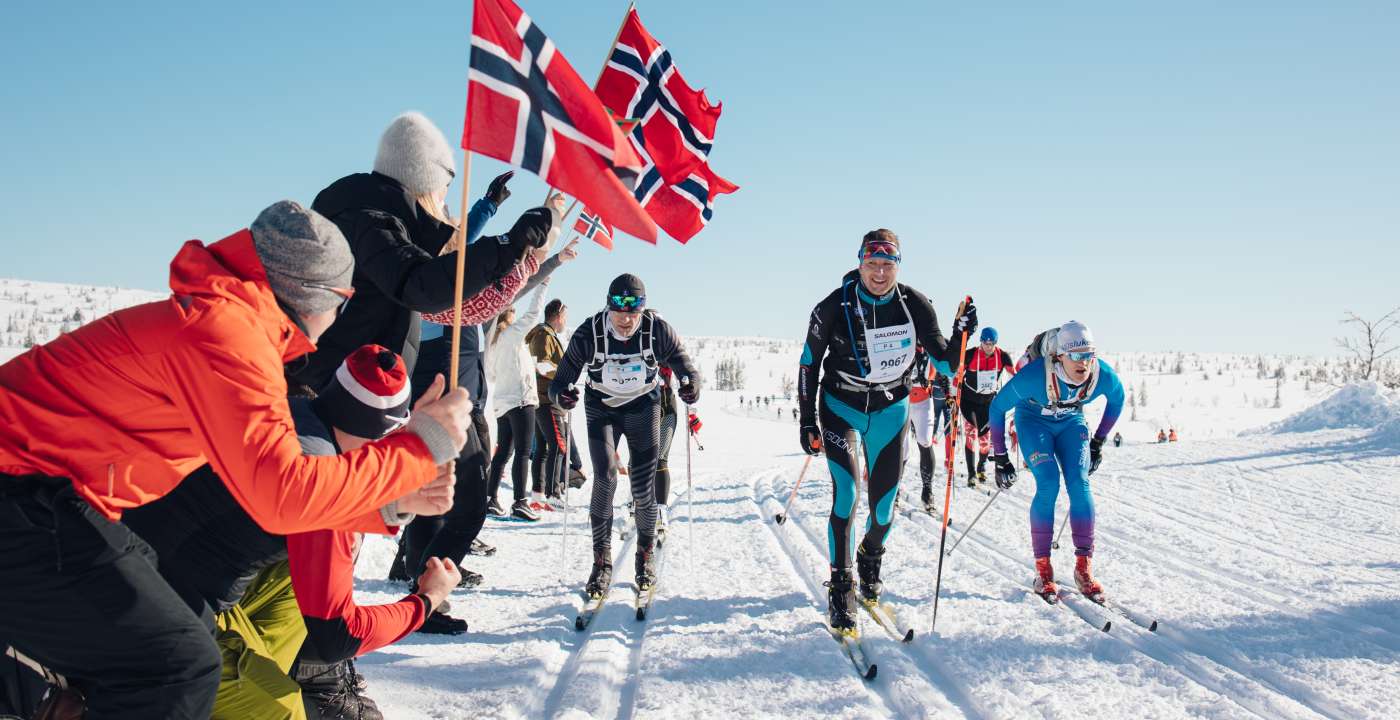
In 1952 Sir Arnold Lunn noted that “The Ski Club of Great Britain is the proud possessor of the finest collection of old skis outside of the museums of Norway and Sweden. The donor of this collection, Dr. Helge Refsum, D.C.L, is a member of the Standing Committee for the Scientific Research of Ski History in Norway.”.
The donation was made in 1937 and was at one time hung on the walls of the Club House -when the Ski Club had one. Now they are variously at a ski-themed pub in Farringdon, London, or wrapped away in storage at de Montford University, where the archives and historical artefacts of the Ski Club are held. Refsum wrote an article in the British Ski Year Book in 1937 entitled “Some Aspects of Norway’s Contribution to Ski History” which provides context to the donation.
Although there is evidence of ancient people using some forms of skis all over the world, the ski has the longest unbroken history of use in Scandinavia. The oldest ski was found in a bog in Hoting, Sweden, dating back to 2500 BC; the earliest pictorial representation of skiing is a carving on a rock in Roedoey in Northern Norway; medieval Scandinavian literature references skiing; and by 1200, skiing plays a key role in how Scandinavians waged war. Although skiing was important to the military and widely used in rural communities, it’s role in leisure activities was limited. Nansen’s traverse of Greenland on skis in 1888, however, captured the imagination of people throughout the world, fuelling an interest in using Norwegian skis for recreation in the Alps and elsewhere.
The disciplines associated with Norwegian skis are largely present today in cross country, ski jumping and biathlon (emphasising the military dimension). Thanks largely to the Ski Club of Great Britain, however, those old Norwegian skis were made obsolete for the majority of recreational skiers by the new disciplines of slalom and downhill.



